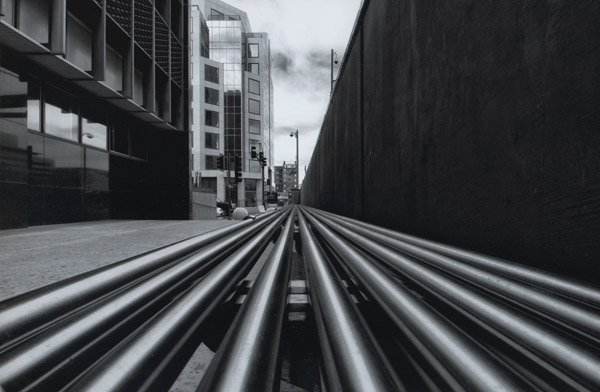














I chose these to be my final images because I liked the arrangement of the objects and the range of colours that I used.





































Adobe Lightroom Classic is what I will be using to edit my photos now and in the future. Here is what I learnt about how to use it:






Photography is commonly seen as a still photograph, capturing a moment in time, and sometimes edited in a way where they are taken at two different moments in time. Many people see photographs and try to depict the meaning by just the look of it, when they commonly miss interpret the intention or context behind the image. This opens a whole new world of understanding, how it is viewed, and the incredible details you can see in the image after understanding just the context of the image.

This then brings emotion to the photograph, and almost a message or even a paragraph in one image, as it is a way of connecting people thought their own interpretation and the true meaning of the image. This interpretation varies thought everyone, with a common theme of connection to the image with an experience they have once had with their life, people use images unconsciously to bring back an amazing memory. For example, looking at an amazing image of a sunset might bring the person back to a time in their life when they experienced a sun set, and the beauty behind that exact moment in time.
Photography not only allows individual reflection but to remind us the importance of the present moment. Photography is also used in a way to capture the beauty of the life around us, in order to capture moments, which others might not be able to see as a way of showing the good or even bad in things, people, looks etc. Many people have used the equipment of photography to create beautiful pictures with unique settings to capture a special moment. With a more important part of capturing the image is editing the image, which can create a whole new look, meaning and vibrancy of the image.

Within photography it isn’t about having the best of the best equipment, it can even be taking a picture with your phone, it will still have a close enough look and meaning you want it to have. Its incredible the amount of picture you see in every-day life without even acknowledging it, yet within each picture is a setting, meaning, and look.
“Photographs confuse as much as fascinate, conceal as much as reveal, distract as much as compel. They are unpredictable communicators”.
This was a quote from David Campany expressing his thoughts on photography. In my opinion I believe he is trying to express how amazing photography really is. He is trying to show people that photography isn’t just good-looking images, rather how incredibly universal they are. In a way that anyone in the world who has eyes that can see, can interpret any image in any way possible, he is probably trying to express the infinite views photographs can be seen from, how there are not limits to photography as how people view them.





Aperture controls the exposure and the depth of field of an image. It controls a hole in the camera, and the larger the hole the more light let in. The smaller the hole the less light let in. A small aperture would create a large depth of filed, so everything in the image will be in focus. However, a large aperture will result in a short depth of field.


Aperture needs to be set according to thew shutter speed
I attempted show depth of field in my photos by photographing beach objects in the studio and changing the aperture. In these photos we used a large aperture because the background isn’t focused.


However these photos have a small aperture as the whole image is in focus.


Here is a clear comparison of a photo with a small aperture compared to a photo with a large aperture.


Overall, the aperture and depth of field can affect the focal point of the image, and the impact it has. A short depth of field can create a dramatic feeling as the only part in focus is the main object. On the other hand a large depth of field can create an overall focused image, which is less intense and has more depth.
Aperture links with shutter speed. If you have a large hole for aperture, and a long shutter, the image will be over exposed as too much light is being let in. So a large hole needs a shorter shutter speed and vice versa. This all depends on the light source, and how bright or dark where you’re photographing is.



ISO 100 43mm f/5.6 1/5 sec
What is aperture?
Aperture refers to the opening of a lens diaphragm through which light passes. Photographers can manually control the aperture by switching to ‘A’ or ‘AV’ mode and then changing the f/stops using the dial on their camera It is generally written as numbers such as 1.4, 2, 2.8, 4, 5.6, 8, 11 and 16. The lower the f/stop, the bigger the hole, meaning it lets more light into the picture and it is a larger aperture. The higher the f-number, the smaller the hole, meaning less light is let into the photo and the aperture is lower.

Aperture also effects the Depth of Field. The wider the aperture, the less depth of field you capture, causing a blurred background as the focus point is on the subject. The smaller the aperture, the deeper the depth of field, resulting in a sharper background.

Example of a narrow depth of field

Example of a shallow depth of field
